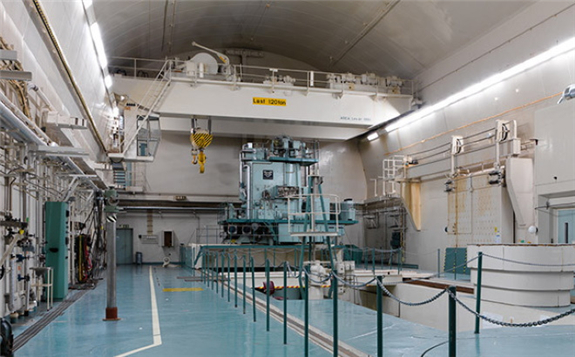Westinghouse will segment the reactor at the Ågesta nuclear power plant near Stockholm, Sweden, under a contract signed with Vattenfall. The country's first commercial power reactor - it operated between 1964 and 1974 - the R3 heavy water reactor supplied electricity and district heating to the Stockholm suburb of Farsta.

Since its shutdown, limited services have been carried out to maintain the necessary basic functions at the Ågesta plant. The nuclear fuel and the heavy water were removed directly after its closure.
Under the terms of the new contract, Westinghouse will plan, design and manufacture the tools for segmentation, as well as perform the site work. This includes the underwater mechanical cutting of the reactor vessel and its internal components and packing the pieces in containers for Vattenfall to remove from the site.
"At Westinghouse, safety in all aspects of the nuclear power lifecycle is paramount - including the safe and cost-effective decommissioning of plants and reactors," said David Durham, president of Westinghouse's plant solutions business unit. "We are pleased to continue our successful partnership with Vattenfall to ensure the safety of plant staff and the surrounding community during the decommissioning of the plant."
The R3 reactor was a pressurised water reactor with a pressure vessel and used heavy water as its moderator. The thermal output of the reactor was originally 65 MW. However, this was subsequently increased to 80 MW, with 12 MW of electricity and 68 MW of district heating.
The reactor was permanently shut down on 2 June 1974. Vattenfall said major investments to meet increased redundancy and security requirements would have been required to continue running the plant. Ågesta had also become obsolete as a development facility, with unit 1 of the Ringhals plant being commissioned in 1975. After it was shut down, the plant was emptied of fuel and heavy water and the area is currently used as a training site by Stockholm's fire services.